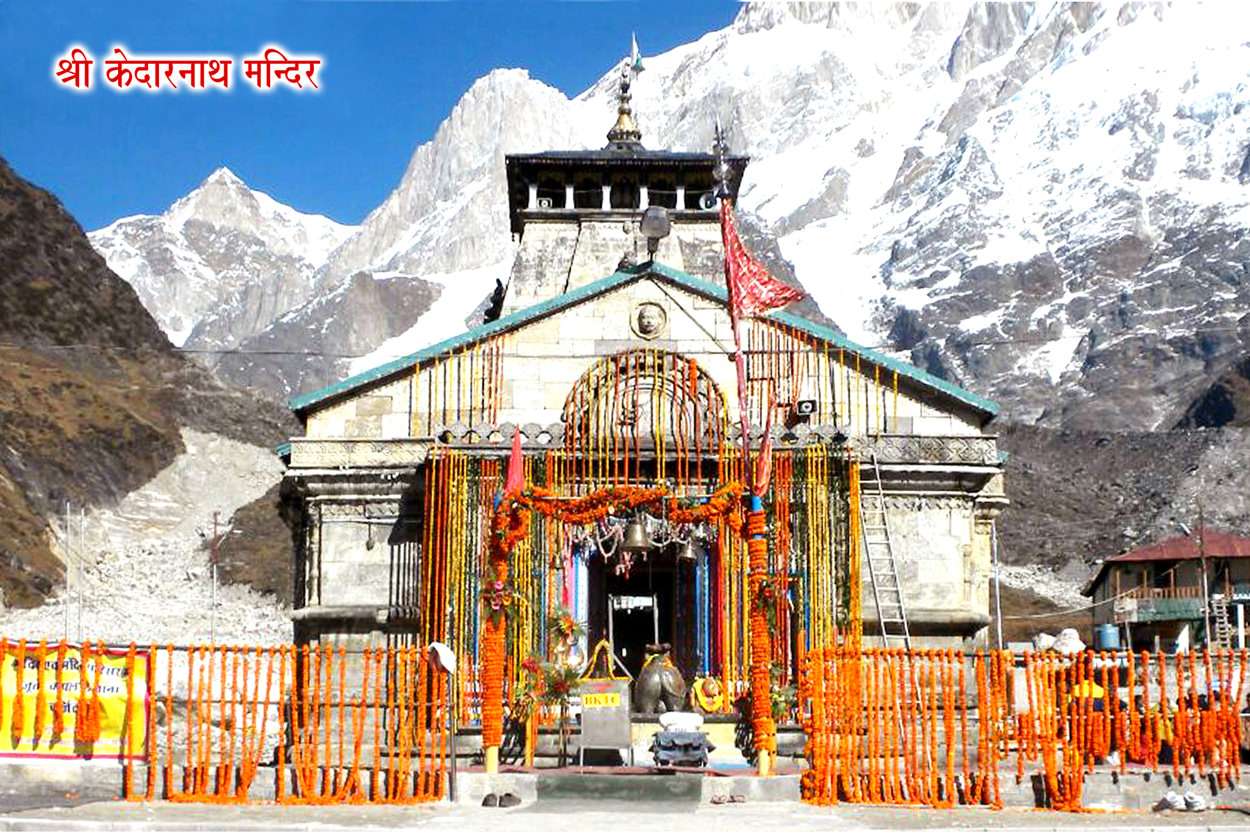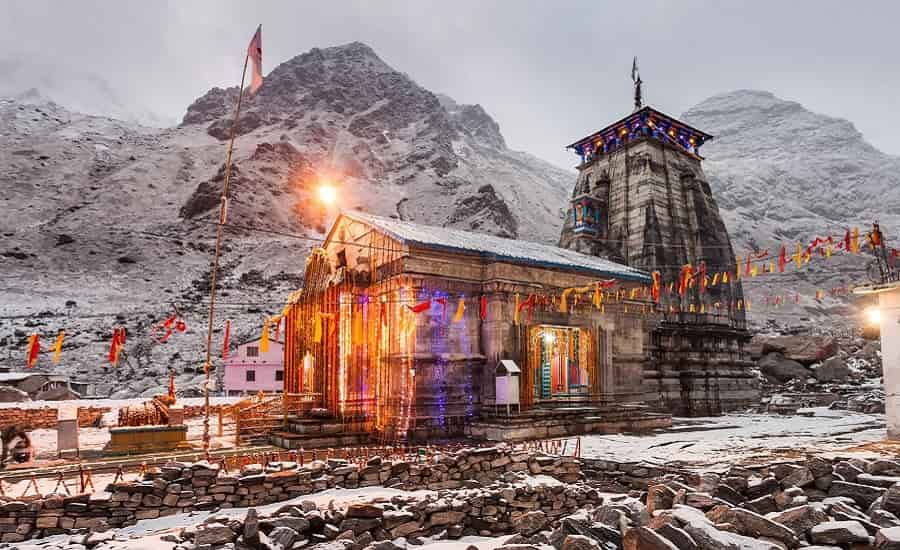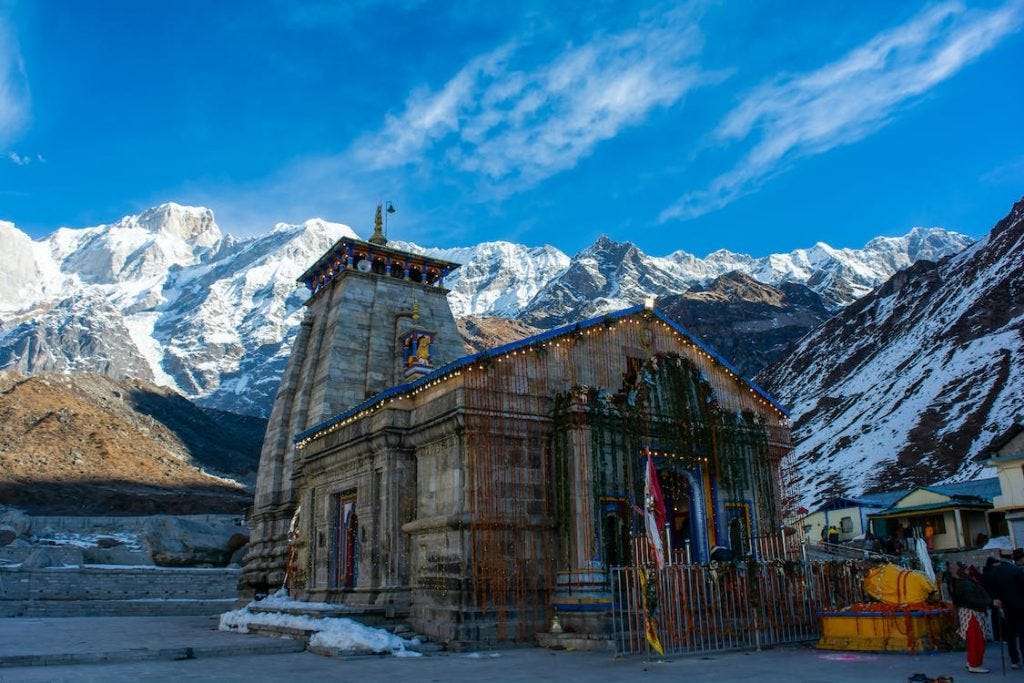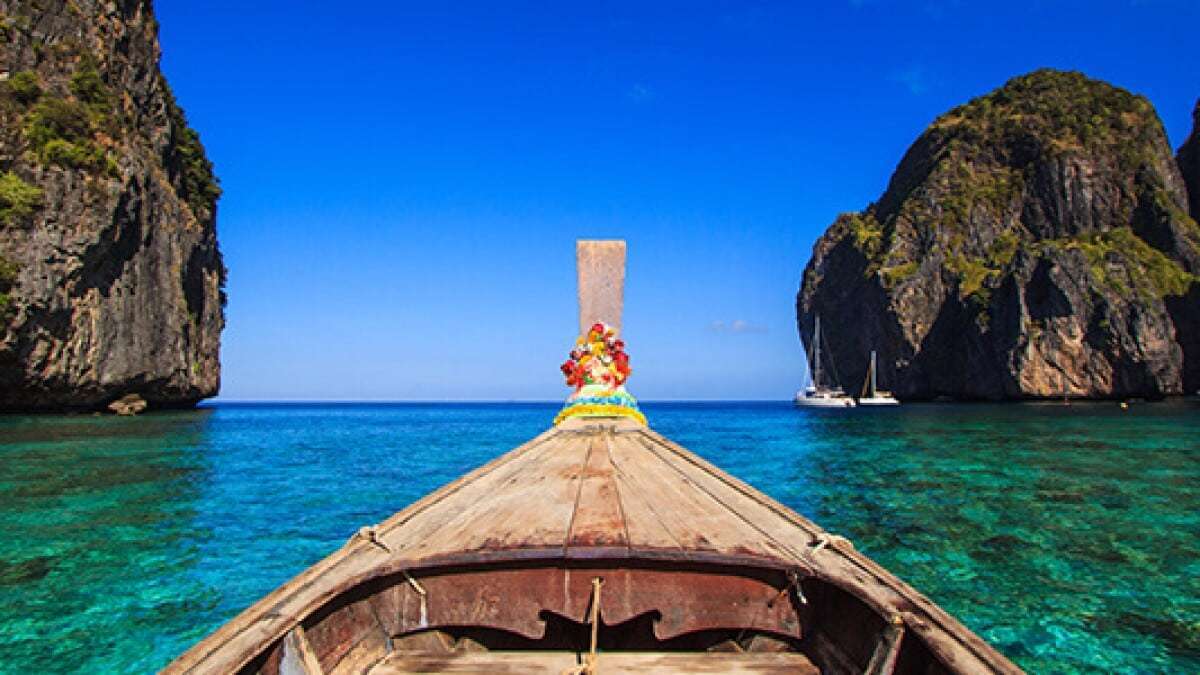Kedarnath is a sacred town located in the state of Uttarakhand, India, and holds immense religious significance, particularly for followers of Hinduism.
Here are some fascinating facts about Kedarnath:
Himalayan Location:
Kedarnath is situated in the Garhwal Himalayas, at an elevation of approximately 3,583 meters (11,755 feet) above sea level.
Panch Kedar:
Kedarnath is one of the Panch Kedar, a group of five Hindu temples dedicated to Lord Shiva. The other four temples in this group are Madhyamaheshwar, Tungnath, Rudranath, and Kalpeshwar.
Jyotirlinga:
Kedarnath houses one of the 12 Jyotirlingas, which are considered the holiest shrines dedicated to Lord Shiva.
Adi Shankaracharya:
Adi Shankaracharya, a revered Hindu philosopher and theologian, is believed to have established the Kedarnath temple in the 8th century.
Winter Closure:
Due to heavy snowfall in the region, the Kedarnath temple is open to pilgrims only for six months each year, usually from April to November. During the winter, the temple is closed and inaccessible.
Mandakini River:

The holy Mandakini River flows near the Kedarnath temple. Pilgrims often take a dip in its sacred waters before visiting the temple.
Historical Earthquake:
In 2013, the region, including Kedarnath, witnessed a devastating earthquake and subsequent floods. The natural disaster caused significant damage to the temple and the surrounding area.
Resilient Structure:
Despite the damage caused by the 2013 disaster, the Kedarnath temple withstood the impact, and reconstruction efforts have been undertaken to restore the shrine.
Accessibility:
Kedarnath can be reached by a trek of approximately 16 kilometers from Gaurikund. Helicopter services are also available for those who prefer a quicker and more convenient journey.
Bhairavnath Temple:
Near the Kedarnath temple, there is a small temple dedicated to Bhairavnath, who is believed to protect the area during the winter months.
Mystery of the Immortal Flame:
Inside the Kedarnath temple, there is a unique phenomenon where a perpetual flame is said to burn, representing Lord Shiva’s eternal presence.
Char Dham Yatra:
Kedarnath is an integral part of the Char Dham Yatra, which includes pilgrimage to four sacred sites in Uttarakhand—Kedarnath, Badrinath, Gangotri, and Yamunotri.
Pilgrimage Circuit:
The pilgrimage circuit of the Char Dham Yatra is considered highly auspicious, and thousands of devotees undertake this journey each year.
Pandavas Connection:
According to Hindu mythology, the Pandavas, the central characters of the epic Mahabharata, are believed to have visited there to seek Lord Shiva’s blessings.
Shankaracharya Samadhi:
Adi Shankaracharya is said to have attained Samadhi (final meditative state) in Kedarnath, and a memorial in his honor is present near the temple.
Vasuki Tal:
A glacial lake called Vasuki Tal, situated at an altitude of 4,135 meters, is often visited by trekkers on their way to Kedarnath.
Chorabari Tal:
Also known as Gandhi Sarovar, Chorabari Tal is a high-altitude lake located near it, named after Mahatma Gandhi.
Tea Houses and Accommodations:
Along the trekking route to Kedarnath, there are several tea houses and accommodations to provide shelter and refreshments to pilgrims.
Wildlife Sanctuary:
The region around it is part of the Wildlife Sanctuary, home to diverse flora and fauna, including Himalayan tahr, musk deer, and various bird species.
Bharat Mandir:
Situated in the vicinity of the temple, Bharat Mandir is dedicated to Lord Vishnu and is believed to have been established by Adi Shankaracharya.
Cave of Meditation:
A cave known as “Bhairav Jhilmil Gufa” is believed to be a spot where Lord Shiva meditated.
Mythical Origin:
According to mythology, it is named after King Kedar, who ruled in the Satya Yuga.
Unique Architecture:
The temple is known for its distinctive architectural style, which is characterized by a conical-shaped shikhara (spire).
Wildlife Sanctuary:
The sanctuary surrounding it is known for its rich biodiversity, including rare and endangered species.
Baba Kedarnath Temple:
Apart from the main temple, there is a small temple called Baba Kedarnath, dedicated to the deity’s hair, located a short distance away.
Pilgrim Count:
During the peak pilgrimage season, thousands of devotees undertake the arduous journey to seek divine blessings.
Nandi Statue:
A large Nandi (bull), the sacred vehicle of Lord Shiva, is installed outside the temple.
Scenic Beauty:
The trek to Kedarnath offers breathtaking views of the surrounding Himalayan peaks, including Kedar Dome, Chaukhamba, and others.
Pooja Rituals:
Elaborate pooja rituals are performed at the temple, including the chanting of mantras and the offering of various items to Lord Shiva.
Cultural Significance:
It is not only a religious site but also holds immense cultural and historical significance in the Indian subcontinent, drawing people from various parts of the country and beyond.
Internal link: emitsnews






Wow, superb weblog structure! How long have you ever been blogging for?
you made blogging look easy. The total look of your site is magnificent, as
well as the content! You can see similar: sklep online and here
najlepszy sklep
Thanks in favor of sharing such a pleasant thinking, article is good, thats why i have read
it entirely I saw similar here: sklep and also here:
sklep internetowy
This website was… how do I say it? Relevant!! Finally I have found something that helped me.
Thanks a lot! I saw similar here: Najlepszy sklep